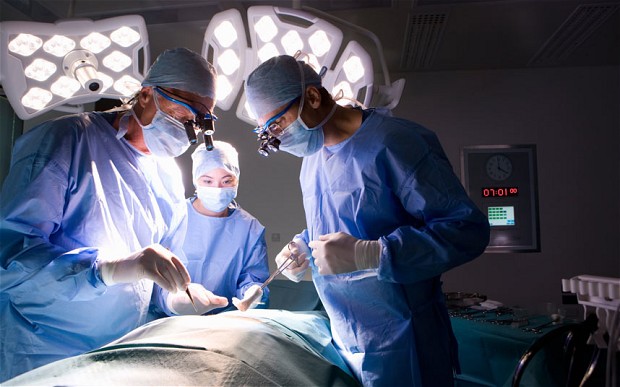New method for mirroring of the bile ducts
The bile ducts are a delicate transition system through which the bile is transported from their place of origin, the liver, to the intestine. Here it performs important work in digestion, especially fatty foods. Because the bile ducts are very close and branched, imaging techniques for the diagnosis of diseases such as biliary strictures, gallstones or tumors for modern medical devices are a challenge.
In routine medical bile ducts could be represented only indirectly through X-ray technology, which made it difficult a detailed diagnosis and treatment. Using the so-called “direct cholangioscopy” biliary tract disease can be detected not only better, but also treated in the same step. The advantages of the method.
How can biliary tract disease previously diagnosed?
Research method is currently the so-called “endoscopic retrograde cholangiopancreatography (ERCP). In this case, in anesthetized patients an endoscope will be demonstrated in the duodenum and probed from there out of the bile duct using a catheter, and visualized with contrast agent. The bile ducts are then displayed on the monitor as with a classical X-ray image in black / white to see.
To what extent the established grants you examination method a direct insight?
In the technique use a very thin endoscope with a high resolution camera on the tip. This hose can be pushed through the stomach and duodenum to the mouth of the biliary tract and from there up high to the liver. Thus we must not make the detour via the X-ray exposure, but have direct images from inside the body in high resolution on our Monitor.
And that improves the diagnosis?
Yes! Thereby we can often find at a glance a precise diagnosis without further investigation or intervention is necessary. Another big advantage is that can advance its instruments such as biopsy forceps, knife or laser probes by a special working channel in the endoscopy, with which we can work directly in the bile duct under vision.
This means that this method enables diagnosis and therapy in a step?
Correct. We can deal with this technique many diseases endoscopically where usually an operation is necessary. We can take tissue samples, smash gallstones and even treat tumors. That means for patients a more accurate and thus more reliable diagnosis and a gentler treatment.